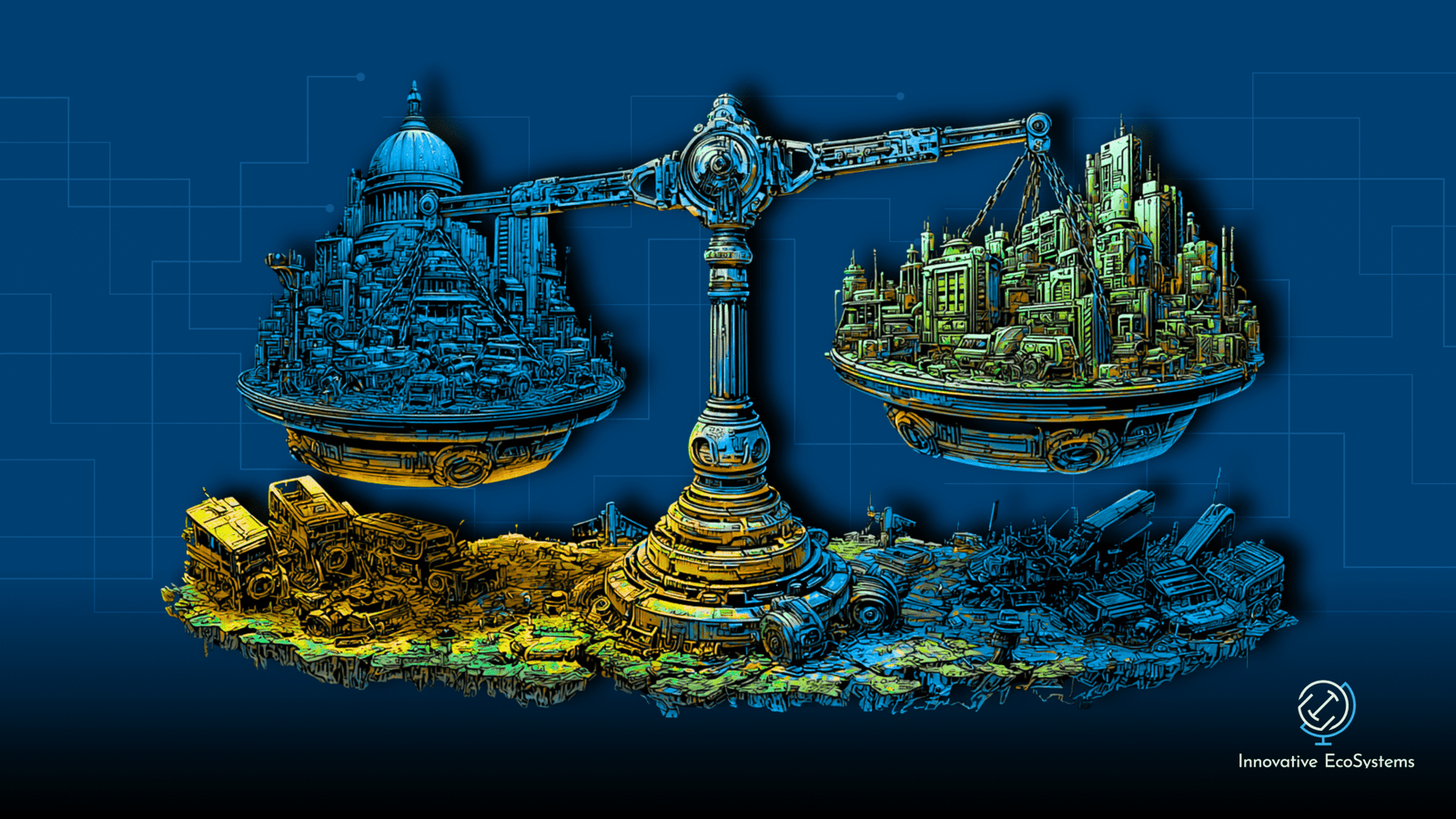Medellín & Bogotá – Two Sides of the Colombian Innovation Coin
In the late 20th century, Medellín was, as most of you know, shorthand for chaos. While featuring this reality might be disconcerting to some, entrepreneurship is forged through challenges and a history and culture that is inspiring both in being admirable and in challenges to overcome. The trafficking trade of the 1980s and 1990s made the city infamous worldwide; violence was not just a risk, it was a daily reality. Yet it was precisely that pressure that set the stage for the transformation of Medellín (and Colombia). After the fall of the cartels, the city’s leaders (both in government and the private sector) made an explicit, long-term bet on urban innovation.
They didn’t start with “tech” in the Silicon Valley sense. They started with infrastructure that connected communities: the Metro, the Metrocable aerial tramways that linked poor hillside neighborhoods to the city center, and public spaces designed to encourage civic participation. Note, aerial tramways are Transportation Tech, they’re an investment, and they’re a risk taken. These weren’t just urban improvements, they were strategic investments in human mobility, safety, and social trust. That foundation made Medellín a magnet for social entrepreneurs, civic tech innovators, and design-thinking practitioners long before the startup term became fashionable.
Bogotá’s trajectory has been different. As the political capital, it has always been the seat of power, home to national government agencies, corporate headquarters, and the country’s most prestigious universities. It didn’t have to reinvent itself in the same way because it was never as challenged. But that also meant it didn’t develop the same urgency to innovate from the ground up. Where Medellín’s ecosystem emerged from civic reinvention, Bogotá’s has grown out of scale and centralization. And as we’re not seeing throughout the world, the role of policy makers and appropriate government oversight and support, is more critical than ever in innovation. The scale possible through Bogota brings resources, talent, and influence but also bureaucracy, fragmentation, and a tendency to replicate efforts instead of coordinate them.
This is why Medellín is often held up as the model for transformation, while Bogotá is viewed as the giant with untapped potential. One was forced to change; the other now has the luxury (and the burden) of leading the way.



